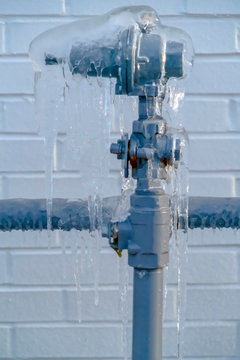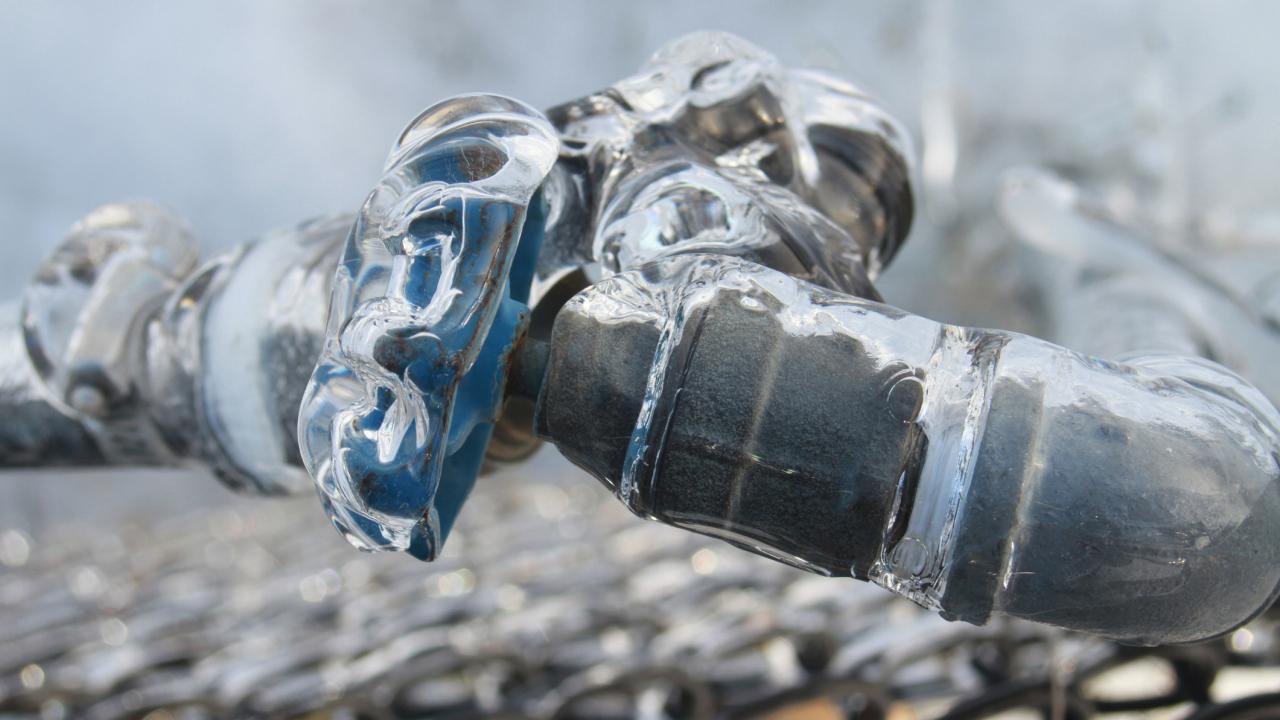This post down the page pertaining to 6 Ways to Prevent Frozen Pipes is immensely fascinating. Give it a go and draw your own results.

Cold weather can damage your pipes, particularly by freezing pipelines. Right here's exactly how to stop it from taking place and what to do if it does.
Intro
As temperatures decline, the danger of icy pipes rises, potentially bring about expensive repair work and water damage. Recognizing exactly how to prevent frozen pipes is essential for house owners in chilly climates.
Comprehending Frozen Pipes
What causes pipelines to ice up?
Pipelines freeze when subjected to temperatures below 32 ° F (0 ° C) for expanded durations. As water inside the pipes freezes, it increases, taxing the pipe walls and possibly triggering them to burst.
Threats and problems
Frozen pipelines can cause supply of water disruptions, residential or commercial property damages, and costly repairs. Burst pipelines can flood homes and create substantial architectural damage.
Indicators of Frozen Pipeline
Recognizing frozen pipes early can stop them from bursting.
Exactly how to recognize frozen pipelines
Seek decreased water circulation from taps, uncommon odors or noises from pipelines, and noticeable frost on exposed pipes.
Prevention Tips
Protecting at risk pipelines
Wrap pipes in insulation sleeves or use warm tape to secure them from freezing temperature levels. Concentrate on pipelines in unheated or exterior locations of the home.
Heating strategies
Maintain interior spaces properly warmed, particularly areas with plumbing. Open cupboard doors to enable warm air to circulate around pipelines under sinks.
Safeguarding Exterior Plumbing
Garden pipes and exterior faucets
Disconnect and drain yard tubes prior to winter. Set up frost-proof spigots or cover outside taps with shielded caps.
What to Do If Your Pipelines Freeze
Immediate activities to take
If you believe icy pipelines, maintain taps open up to relieve pressure as the ice thaws. Make use of a hairdryer or towels taken in warm water to thaw pipes slowly.
Long-Term Solutions
Structural changes
Take into consideration rerouting pipelines away from exterior wall surfaces or unheated locations. Add added insulation to attic rooms, basements, and crawl spaces.
Updating insulation
Purchase premium insulation for pipes, attic rooms, and walls. Appropriate insulation assists keep consistent temperatures and decreases the danger of icy pipelines.
Verdict
Preventing frozen pipes needs positive procedures and fast actions. By comprehending the causes, signs, and preventive measures, property owners can safeguard their pipes during winter.
6 Proven Ways to Prevent Frozen Pipes and Protect Your Home
Disconnect and Drain Garden Hoses
Before winter arrives, start by disconnecting your garden hoses and draining any remaining water. Close the shut-off valves that supply outdoor hose bibs and leave the outdoor faucet open to allow any residual water to drain. For extra protection, consider using faucet covers throughout the colder months. It’s also important to drain water from any sprinkler supply lines following the manufacturer’s directions.
Insulate Exposed Pipes
Insulating your pipes is an effective way to prevent freezing. Pipe insulation is readily available at home improvement stores and is relatively inexpensive. Pay close attention to pipes in unheated areas such as the attic, basement, crawl spaces, or garage. Apply foam insulation generously to create a buffer against the cold. You can also wrap your pipes in heat tape or thermostat-controlled heat cables for added warmth.
Seal Air Leaks
Inspect your home for any cracks or openings that could let in cold air. Seal any holes around the piping in interior or exterior walls, as well as the sill plates where your home rests on its foundation. Additionally, make sure to keep your garage door closed unless you’re entering or exiting. Leaving it open creates a significant air leak that can lead to frozen pipes.
Allow Warm Air Circulation
During cold snaps, it’s essential to allow warm air to circulate evenly throughout your home. Leave interior doors ajar to promote better airflow. Open kitchen and bathroom cabinets to help distribute heat consistently around the rooms. If you have small children or pets, be sure to remove any household chemicals or potentially harmful cleaners from open cabinets for safety.
Let Faucets Drip
A small trickle of water can make a big difference in preventing ice formation inside your pipes. When temperatures drop significantly, start a drip of water from all faucets served by exposed pipes. This continuous flow helps prevent the water from freezing. Additionally, running a few faucets slightly can relieve pressure inside the pipes, reducing the chances of a rupture if the water inside does freeze.
https://choateshvac.com/6-proven-ways-to-prevent-frozen-pipes-and-protect-your-home/

As a passionate person who reads on How To Avoid Freezing Pipes, I imagined sharing that excerpt was important. You should take the time to promote this blog if you enjoyed it. Thanks a lot for your time. Return soon.
Call Today
Comments on “How to Protect Your Plumbing from Cold Weather: Essential Tips”